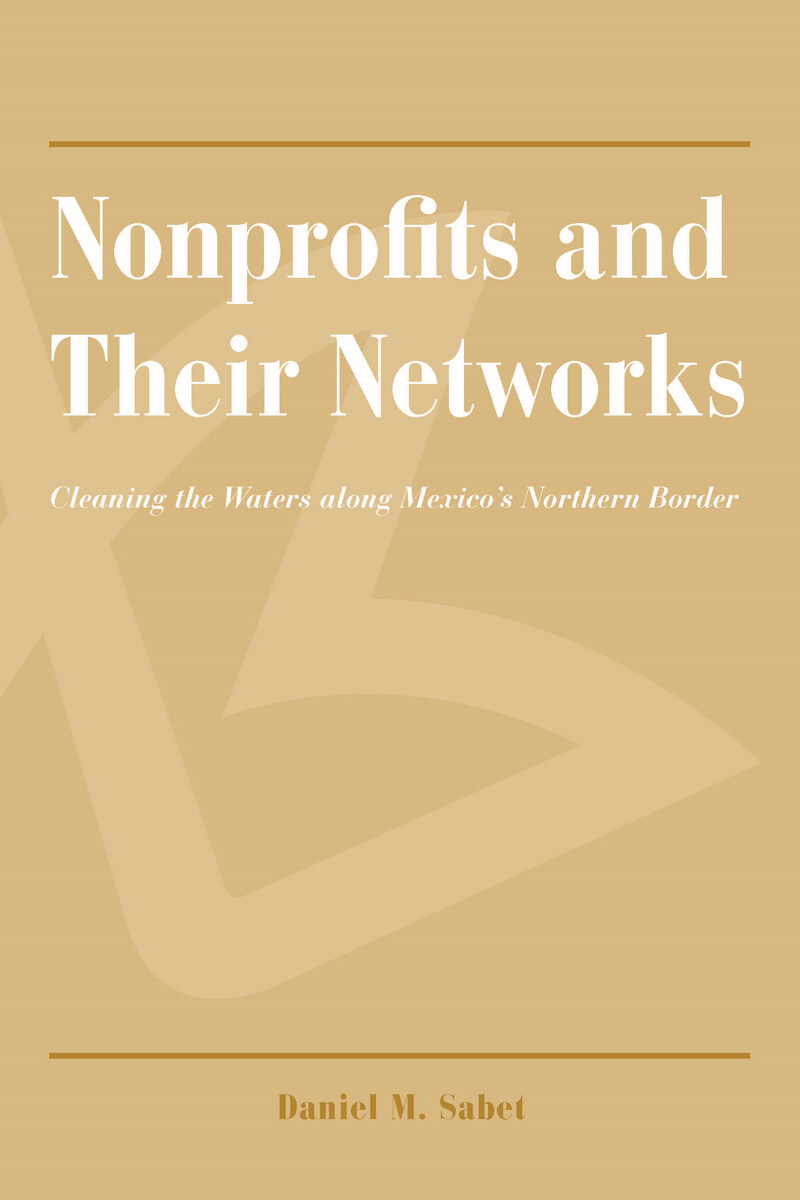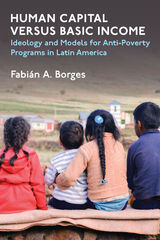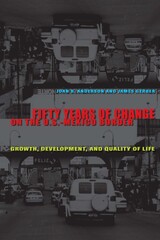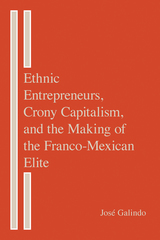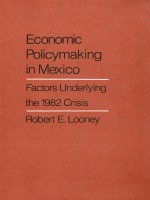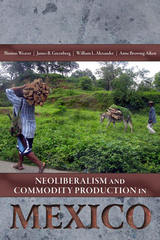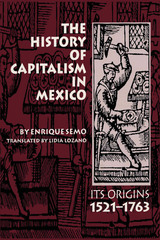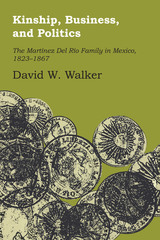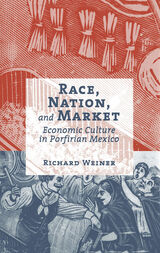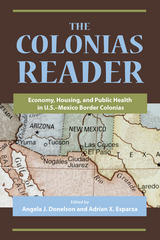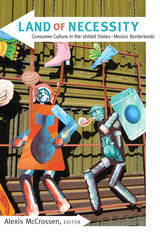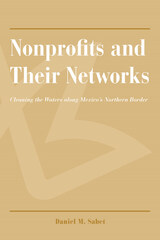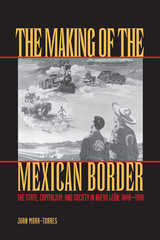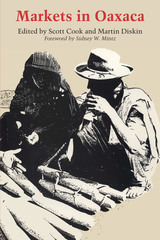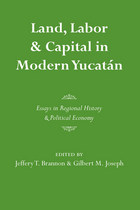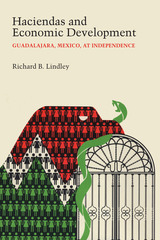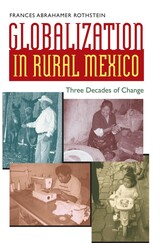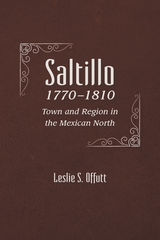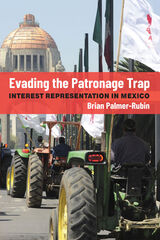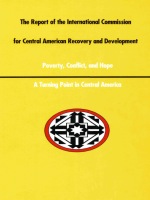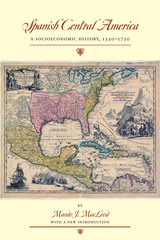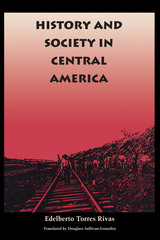Nonprofits and Their Networks: Cleaning the Waters along Mexico’s Northern Border
University of Arizona Press, 2008
Cloth: 978-0-8165-2618-5 | eISBN: 978-0-8165-4926-9 (standard)
Library of Congress Classification HC137.N6S33 2008
Dewey Decimal Classification 363.7394609711
Cloth: 978-0-8165-2618-5 | eISBN: 978-0-8165-4926-9 (standard)
Library of Congress Classification HC137.N6S33 2008
Dewey Decimal Classification 363.7394609711
ABOUT THIS BOOK | AUTHOR BIOGRAPHY | TOC
ABOUT THIS BOOK
On the border of the United States and Mexico, few policy issues face such acute challenges as those related to water. Border cities face an uncertain future water supply, low-income neighborhoods often lack water and sewer services, and water contamination poses a risk to the health of residents and the environment. Responses by government agencies on both sides of the border have been insufficient. Increasing economic development has mainly resulted in increasing problems. These limitations of government and market forces suggest that nonprofit organizations—the so-called “third sector”—might play an important role in meeting the growing challenges in the region.
Finding that these organizations do have a positive impact, Daniel Sabet seeks to understand how autonomous nonprofit organizations have emerged and developed along the border. He employs data from more than 250 interviews with members of civil society organizations and public officials, surveys of neighborhood association leaders, observations at public meetings, and many secondary sources. His research compares the experiences of third-sector organizations in four prominent Mexican border cities: Tijuana, Nogales, Ciudad Juárez, and Nuevo Laredo.
Sabet finds that political change is a necessary precondition for the establishment of an independent third sector. The demise of one-party rule in Mexico has given nonprofit organizations greater opportunities to flourish, he finds, but persistent informal rules still obstruct their emergence and development. Sabet concludes that the success of the third sector will depend on the organizations’ networks. He examines organizational ties to three key groups—U.S. nonprofits, the business community, and government-created methods for public participation—and evaluates the importance of these connections for the future.
Finding that these organizations do have a positive impact, Daniel Sabet seeks to understand how autonomous nonprofit organizations have emerged and developed along the border. He employs data from more than 250 interviews with members of civil society organizations and public officials, surveys of neighborhood association leaders, observations at public meetings, and many secondary sources. His research compares the experiences of third-sector organizations in four prominent Mexican border cities: Tijuana, Nogales, Ciudad Juárez, and Nuevo Laredo.
Sabet finds that political change is a necessary precondition for the establishment of an independent third sector. The demise of one-party rule in Mexico has given nonprofit organizations greater opportunities to flourish, he finds, but persistent informal rules still obstruct their emergence and development. Sabet concludes that the success of the third sector will depend on the organizations’ networks. He examines organizational ties to three key groups—U.S. nonprofits, the business community, and government-created methods for public participation—and evaluates the importance of these connections for the future.
See other books on: Mexico, North | Non-governmental organizations | Nonprofits | Pollution | Water
See other titles from University of Arizona Press
